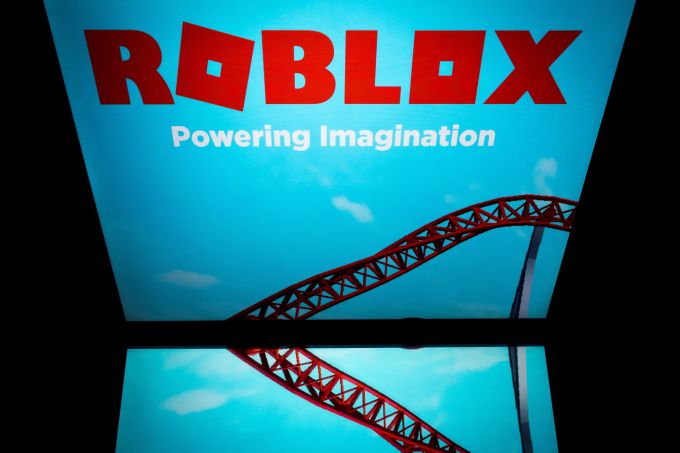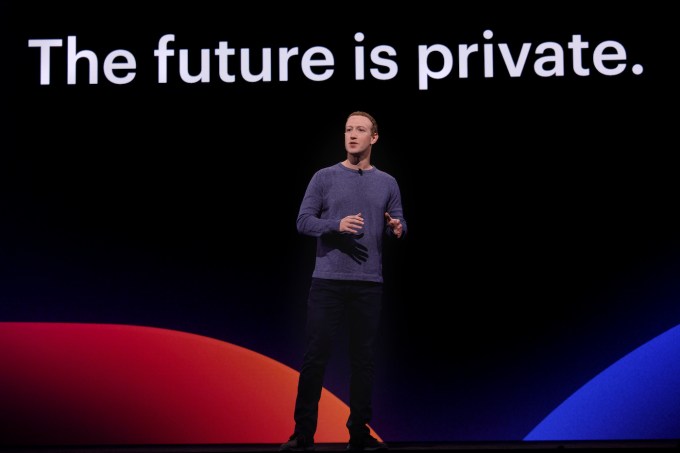Hello, weekenders. This is Week-in-Review, where I give a heavy amount of analysis and/or rambling thoughts on one story while scouring the rest of the hundreds of stories that emerged on TechCrunch this week to surface my favorites for your reading pleasure.
Last week, I offered up some mildly interesting takes on how Waymo was shaping the future of autonomous vehicles inside of a virtual space rather than wholly on physical roads.
The big story
There are two internets. There’s the one where we click through interfaces and hit menu buttons and dive down predictable lines of inquiry and find predictable ends. And then there are ads. We don’t understand why we get what we get but we the content flows from platform to user with asymmetric information of the “how?”.
Advertising is the economic backbone of the free consumer web, but users are haplessly oblivious to where that generated content comes from and why. What intrigues me here is that a few days ago Instagram announced that it was further rolling out a test to hide like counts from users and that it has been further minimizing the prominence of follower counts on profiles.
It’s an (admittedly small) step in the evolution but it hinges a bit more on how internet giants have come to realize UX transparency can actually lead to some negatives.
There’s of course the ethical argument where you think about the responsibility that Facebook has not to make people feel shitty about themselves by offering a dopamine-hit conveyor belt as a platform, but a more fascinating idea is what a change like this opens up to the company in terms of returns and what it means for how platforms portray the nebulous idea of “engagement.”
One of the easy returns I bet Instagram finds as they expand this test is that by eliminating the conforming social pressures inherent to seeing what other users are enjoying, Instagram might paint a clearer picture of its users. Without giving users a groupthink crutch to influence their own decisions on what to click the heart button on, a web of content less-focused on stats might lead them to things that actually break into.
What’s the most interesting — that this change sort of lightly grazes across — is that we’ve spent the past few decades with the necessary evil of a web predicated on a cause and effect interface. We’ve had a decent idea of why we’re coming across some piece of content and the statistics of why are often user-facing. But do we need to know how the internet works? Do we need to know why we’re seeing anything?
We’ve been thrust fully into this world of algorithmic feeds and while we’re seeing variation across platforms, we’re seeing the potential and pitfalls of the various platforms. Instagram has flirted with serving users content more boldly outside of things they’ve specifically followed with the Explore feed, but the question is when that smartly-sourced content that will come to dominate a user’s central feed and be their main touchpoint with the platform.
We’ve also seen the dangers of algorithmic content where the “why” is invisible to users, YouTube’s platform has grown immensely based off ad-like invisibly sourced “watch next” suggestions, but can social platforms pull this off as well or are the fundamentals of today’s algorithmic feeds based around user actions and follows going to stay true down the road?
Send me feedback
on Twitter @lucasmtny or email
[email protected]
On to the rest of the week’s news.

Trends of the week
Here are a few big news items from big companies, with green links to all the sweet, sweet added context:
- Musk’s Neuralink makes its first promises
The SpaceX founder is known for his moonshots, but this one kind of takes the cake. On Tuesday, Musk spoke about the progress and long-term goals of the company he hoped would allow humans to “achieve a sort of symbiosis with artificial intelligence.” Read more about the promises made in our report. - FaceApp goes viral, again
If you used the internet at all this week, chances are that you saw somebody posting an old-looking photo of themselves that was algorithmically generated by an app called FaceApp. There was an awful lot of backlash to the app’s Russian ties and its user permissions, but we tried to break down what was actually happening. - SpaceX’s ‘Starhopper’ bursts into flames
It was only a test vehicle, but uncontrolled explosions generally aren’t the best sign when it comes to testing components for space flight. Check out the video and the company’s explanation here.
GAFA Gaffes
How did the top tech companies screw up this week? This clearly needs its own section, in order of badness:
- Libra shortcomings:
[Congressional testimony reveals some faults in Facebook’s digital currency plans] - Facebook continues to contradict itself:
[Facebook accused of contradicting itself on claims about platform policy violations]

Extra Crunch
Our premium subscription service had another week of interesting deep dives. This week, we showcased the beginning of our deep dive on Roblox, the wildly popular kids gaming platform that has grown beyond unicorn status.
How Roblox avoided the gaming graveyard and grew into a $2.5B company
“…In some ways, Roblox stayed trendy: for instance, it launched sales of its Robux currency in 2008 and virtual goods for developers in 2013, adding microtransactions at a time that much of the game industry was still trying to come to grips with the idea of free gaming. It also supported and nourished a community of unpaid content creators during a time that few other companies had done so, with a few exceptions like YouTube.
Still, the activity taking place in gaming was a philosophical threat. When a company in Roblox’s space hit it big, years before Roblox itself had any hope to, that winning strategy became a temptation. “There are friends, acquaintances, competitors chattering in your ear and saying, maybe you can just do that,” says Dusek…”
Here are some of our other top reads this week for premium subscribers. This week, we talked about seed stage dilution and startup profitability.
- What seed stage dilution tells us about changing investor expectations
- Which types of startups are most often profitable?
We’re excited to announce The Station, a new TechCrunch newsletter all about mobility. Each week, in addition to curating the biggest transportation news, Kirsten Korosec will provide analysis, original reporting and insider tips. Sign up here to get The Station in your inbox beginning in August.
Source : Week in Review: The one-way web and Elon Musk’s Neuralink













